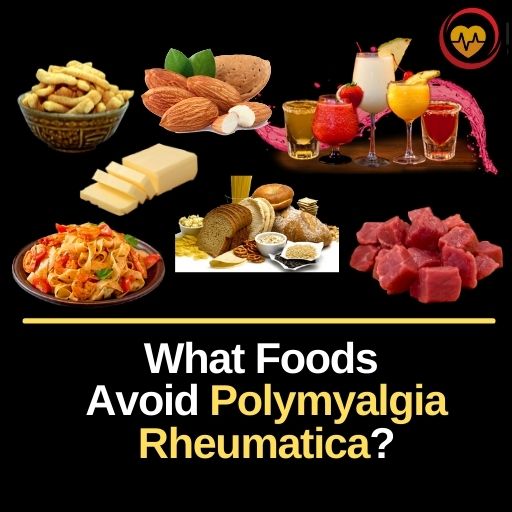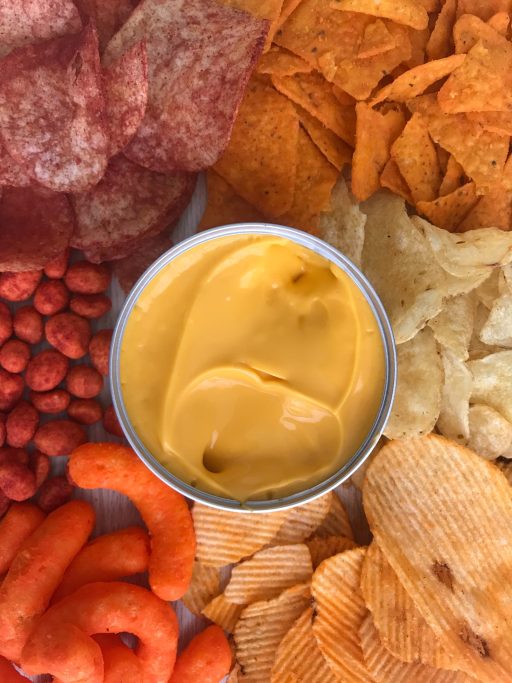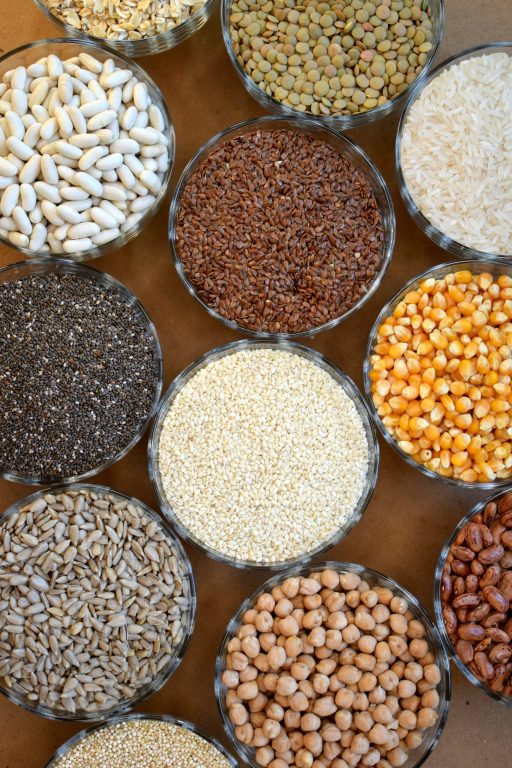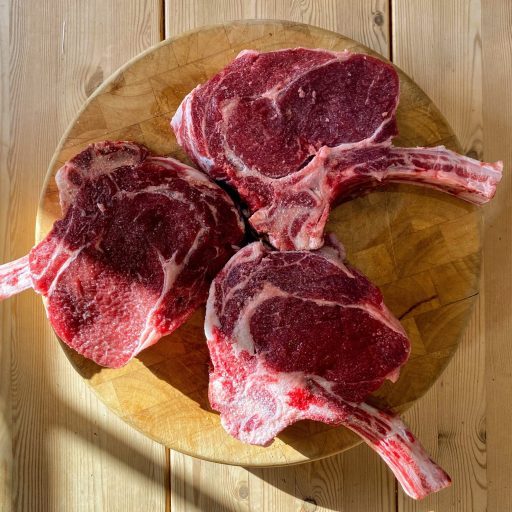Polymyalgia rheumatica (PMR) is an inflammatory condition that causes pain and stiffness in muscle groups in the neck, shoulders, and hips. Now we will give you a complete guide about what foods should be avoided with polymyalgia rheumatica?

The reasons leading to the development of the disease have not yet been established.
However, a frequent combination of polymyalgia rheumatica with another rheumatological disease from the group of vasculitis, giant cell arteritis, is characteristic.
A number of authors consider these two diseases together as two forms of one process.
Causes of polymyalgia rheumatica
As with most rheumatic diseases, the etiology of PMR is not known. Genetic (familial cases, white prevalence), hormonal (female prevalence, senile age), and environmental factors have been called into question.
The etiological hypothesis currently most shared is that linked to an infectious trigger (not known), in genetically predisposed subjects, with consequent activation of the immune system and inflammation of the affected joints and muscles.
This hypothesis would also justify the flu-like onset of the disease and its seasonal prevalence.
What Foods To Avoid With Enlarged Spleen
An enlarged spleen, or splenomegaly, consists of an increase in the size of the organ. Here we will give a complete guide about what foods to avoid with an enlarged spleen?
Symptoms of polymyalgia rheumatica
It is generally accepted that this disease develops in people over 50 years old, mainly in women. The most common symptoms are persistent pain in the proximal (closer to the torso) muscles of the shoulders, thighs, and neck.
The pain is especially severe in the morning after prolonged inactivity during a night’s sleep. The joints can swell and hurt directly.
There are problems with self-care, movement (heavy dressing, combing hair, getting up from a sitting position, doing basic household chores), which causes significant discomfort to the patient.
The body temperature may rise, general weakness may appear, appetite disappears, and, as a result, body weight may decrease. Depression and anorexia can often develop with this disease.
What foods should be avoided with polymyalgia rheumatica
Polymyalgia rheumatica, as I told you before, brings with it other problems, such as insomnia, which in the long run can severely undermine your ability to concentrate and, therefore, your work performance.
When you decide to regulate your diet in order to alleviate the symptoms of this syndrome.
You will need to take these aspects into account as well. In addition to eliminating those foods that bring too much sugar and fat to your body. Here are the foods to avoid :

Sugary Drinks
For the same reason as snacks, in addition to the fact that they promote dehydration and increase any intestinal problems that you may have developed due to polymyalgia. And sugars are not good friends for a restful sleep.

Industrial Snacks and Snacks
Highly processed products, rich in added sugars and saturated fats, favor the accumulation of fat and worsen the inflammatory state. In addition, the increase in blood sugar leads to the malfunction of the blood vessels that supply the brain and increase the sensitivity of the brain organ to pain.

Refined Grains
White bread and pasta do not provide the right amount of fiber and promote weight gain. Also, carbohydrates are still sugars, especially starch, which is made up of long glucose chains.

Red Meat
As a source of protein, it is among the fattest. You don’t have to forget about the beefsteak, but limit its intake to a couple of times a month and eliminate any lard. Instead, completely eliminate fast food products, such as hamburgers and heavily processed meats, also because the additives they contain make the pain worse.

Drinks Containing Caffeine
If you have also started to suffer from insomnia along with polymyalgia, you will need to avoid abusing exciting drinks so as not to further undermine your quality of sleep.

Milk and Dairy Products
Lactose could worsen any gastrointestinal problems, while cheeses that are too fat cause weight and cholesterol gain, which does not promote good blood circulation. It could therefore worsen not only the pain but also your night’s rest. You can still eat dairy products, but try to limit the amount and choose the leaner varieties.
What Foods To Avoid With Calcific Tendonitis
The tendinitis is tendinopathy or a disease of the tendons or connected premises. It is an inflammatory-based disorder, triggered by an acute event (rarer) or chronic repetition of micro-stresses (more frequent).
Therapy
Polymyalgia rheumatica represents one of the few rheumatic diseases that can undergo a complete cure, although the course is burdened by a high rate of relapses.
The fulcrum of the treatment of PMR is the steroid, to which patients respond in most cases in a brilliant and rapid manner within a few days with the improvement of muscle symptoms, functional limitation, and inflammatory indices.
The starting dose varies according to the extent of the inflammatory state and the patient’s comorbidities, which is why the starting dose itself and the decrease must always be individualized.
In light of this premise, the attack dosage varies from 12.5 to 25 mg of Prednisone (equivalent to approximately 8-16 mg of Methylprednisolone).
Subsequently, a slow decalage is carried out over the following weeks, monitoring the clinical and laboratory situation.
The burdensome aspect of steroid therapy is represented primarily by its duration: although there are no clear indications on the same, usually the treatment is continued for at least a year, at increasingly lower doses than the attack one.
However, some patients require low but chronic steroid therapy for several years. Relapses of the disease are frequent when the steroid decreases (about 50%): in this case, the approach is simply based on bringing the steroid dose back to the previously effective one and retrying the decrease in a slower way.
The other negative aspect of steroid treatment is the potential adverse effects, including hyperglycemia, decrease in bone mass, arterial hypertension, gastrointestinal disorders. In order to reduce the incidence of these complications, it is useful to bring some medications:
- gastric protection with PPI
- oral bisphosphonate and supplementation with Vitamin D and calcium
- implementation of hypoglycemic / insulin therapy in diabetic patients.
The use of immunosuppressive drugs, mainly Methotrexate, may be justified in cases where it is necessary to use lower doses of steroids due to the presence of diabetes or severe osteoporosis (role defined as “steroid-sparing”), in cases of frequent relapses or in patients with arthritic involvement.
What Foods Need To Avoid For Ovarian Cysts
Ovarian cysts are very common in women, and in most cases, their nature is not dangerous. Here we discuss the list of foods to avoid with ovarian cysts.
Diagnosis
The diagnosis is based on the clinical and objective picture described above, in association with the result of the laboratory investigations.
The increase in inflammation indices (ESR, PCR, alpha2 globulins) is characteristic, although, in a minority of cases (about 5%), this increase may be absent; in such patients, the diagnosis is based solely on the clinical picture and response to therapy.
Other nonspecific abnormalities may be mild anemia and an increase in white blood cells and platelets. Although it is a disease involving muscle, there is no elevation of muscle enzymes, and there is no evidence of an increased frequency of rheumatoid factor (RF) and antinuclear antibodies (ANA) compared to healthy subjects of the same age.
Instrumental investigations are not essential for diagnosis. Sometimes an ultrasound study of the shoulders is used to confirm any inflammatory changes typical of the disease, involving the scapulohumeral joint and the sub acromion deltoid bursa.
A muscle biopsy study is not indicated, except in cases of differential diagnosis with myositis (inflammatory muscle forms but with a clinical picture of muscle weakness, less frequently pain).








